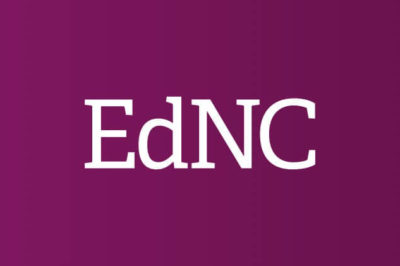

The mainstream media and pundits on both sides of the aisle focus an extraordinary amount of time and energy examining public school funding.
It is not surprising that they do. Surveys suggest that most Americans believe that public schools should receive more taxpayer money. According to the left-leaning PDK/Gallup Poll, “Lack of financial support for schools has been at the top of Americans’ list of the biggest problems facing their local schools for 10 years — and by a wide margin.”
Likewise, when asked if “government funding for public schools in your district should increase, decrease, or stay about the same,” 57 percent of respondents to the right-leaning EducationNext poll said that expenditures should increase and another 35 percent said that they should stay about the same.
Even when provided the actual per pupil expenditures for their respective school districts, 42 percent of respondents still believed that additional taxpayer money was needed. A plurality of those surveyed answered that the government should hold them harmless.
Naturally, the beliefs of the average American voter inform media narratives and political discourse. Throwing money at public schools is a handy political talking point. Not throwing “enough” money their way can be a political liability.
Unfortunately, the media, as well as those in the punditry or advocacy business, often decide how much is “enough” based on who is in charge. Regardless of the actual change in the state budget, education budget increases by Democrats are called “sound investments,” while Republican efforts to boost the education budget are tagged “insufficient” or, more recently, an “election-year ploy.”
The truth is that the endless debate over “appropriate” funding increases is bootless. (I am trying to revive the word “bootless,” which means “ineffectual” or “useless.” Try it out on a friend today!)
Don’t get me wrong. Assessments of available resources are necessary. But they alone are not sufficient measures of the health of our public schools. Indeed, education researchers have generally found that the relationship between spending and performance is weak. Most agree that how the money is spent is far more important than how much money is available to be spent, that is, a focus on educational productivity.
As I have argued many times, whether you call it “educational productivity,” “return on investment,” or “bang for the buck,” an assessment of the relationship between educational inputs (money) and outputs (performance metrics) is an essential starting point for good K-12 education policy. Educational productivity researchers use quantitative methods to measure the relative return on investment for schools and school districts. These methods take into account differences in cost of living, household income, English language proficiency, and special education services across districts and states.
All things being equal, there are tremendous variations in productivity within North Carolina’s public school system. According to a 2014 study published by the liberal Center for American Progress, Union County, Davie County, Mooresville City, and Surry County school districts had the highest return on investment in the state. In general, these districts had below-average per-pupil expenditures but above-average test scores. Schools in Hertford, Anson, Washington, and Halifax counties had the lowest return on investment. Per-pupil expenditures in these districts were relatively high, but their test scores were disappointingly low.
Productivity research cannot identify specific causes of unproductive schooling, which obviously complicates the turnaround process. School districts are complex organizations embedded in messy social, cultural, and political institutions. What works well in Union County may not work at all in Hertford County. On the other hand, productive school districts may have policies or practices that could benefit their struggling counterparts.
The most valuable contribution of productivity research, however, is that it offers a way of thinking that helps us escape our baseless preoccupation with public school funding, a mind-set that ultimately distracts us from the praiseworthy goal of ensuring that no child is forced to attend a substandard public school.
Dr. Terry Stoops (@TerryStoops) is director of research and education studies at the John Locke Foundation.


